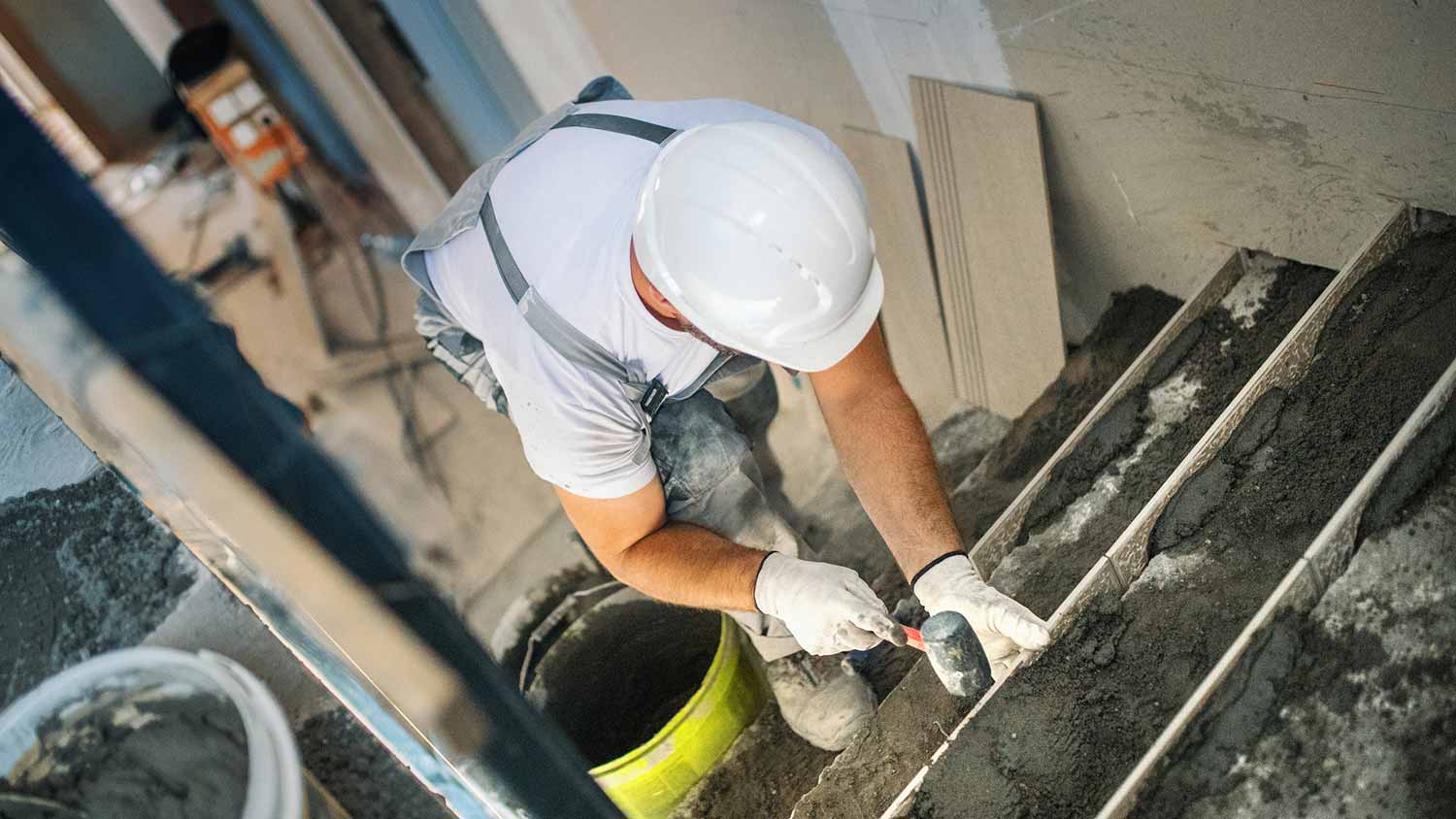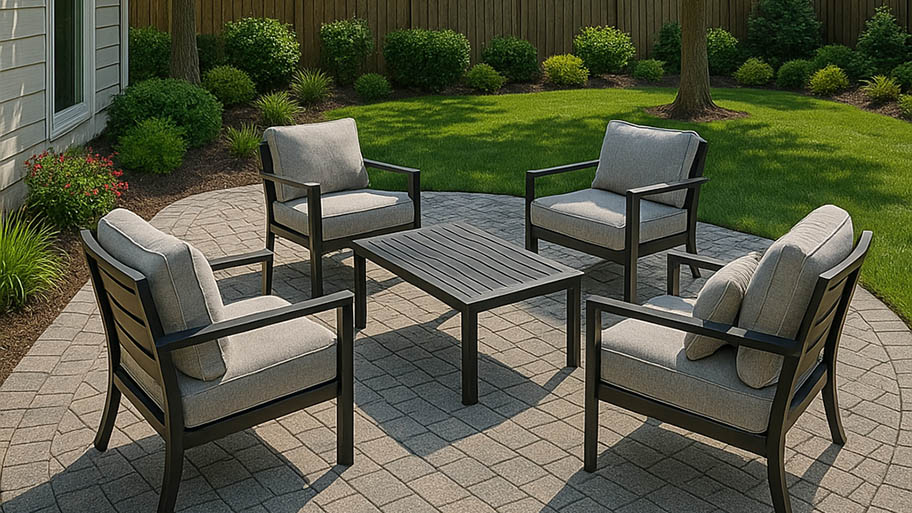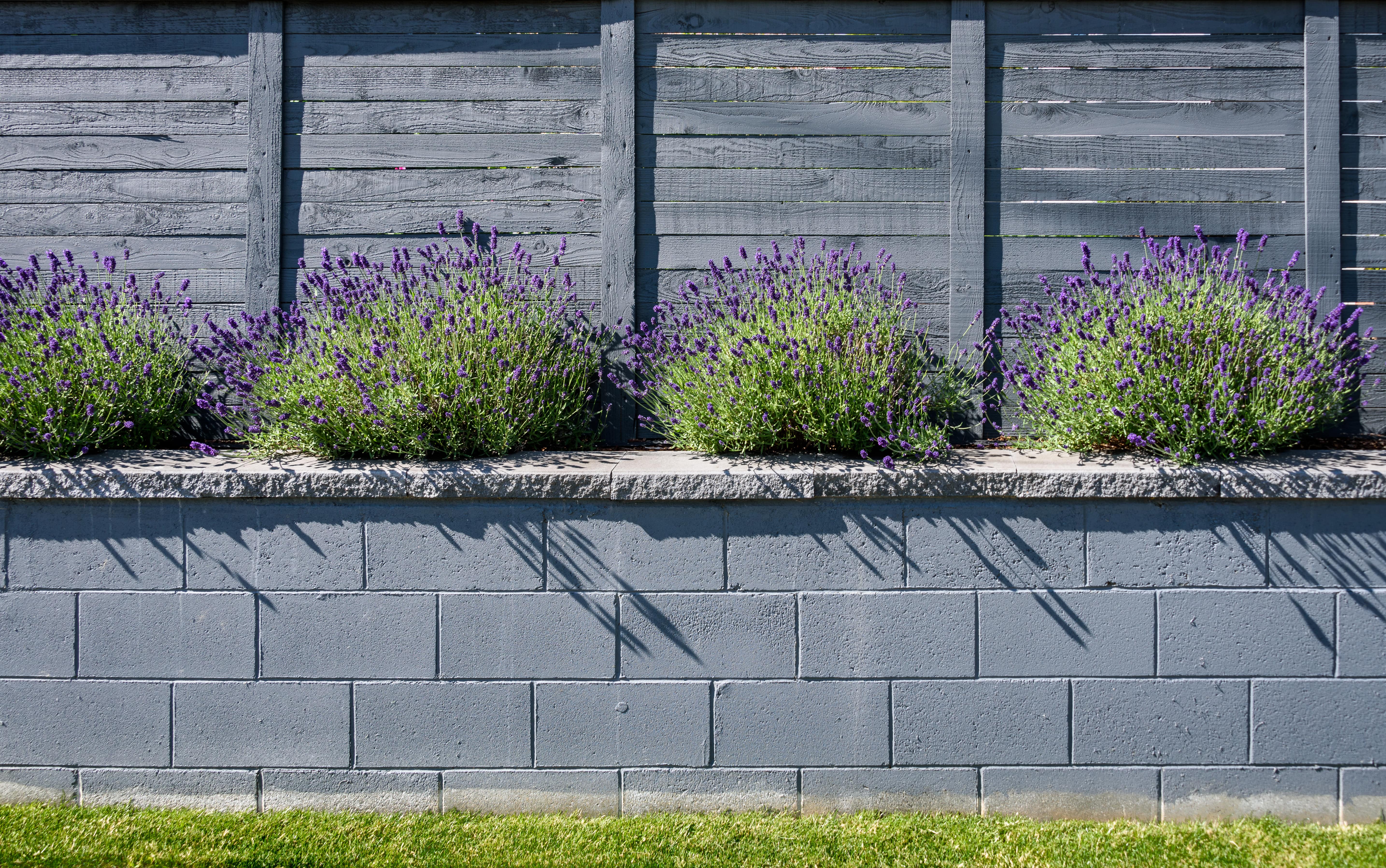
Retaining wall repair cost can vary widely based on the age and condition of the wall being restored. Learn why finding the right pro is important for getting the job done.


Calculating how much concrete you need for stairs involves adding together the volumes of all the various stair parts.
How you build your stairs affects their volume and the amount of concrete you’ll need.
The average cost of concrete is between $110 and $150 per cubic yard.
Figuring out how much concrete you need for stairs isn't as complex as it may first seem. The trick is to calculate the volumes of the various stair parts and add them up at the end. Then do a little conversion based on the product you're using, and you're done.
The volume of your stairs is the crucial measurement when determining how much concrete you'll need for the project. Whether you're purchasing ready-mix concrete in bags, having it delivered in bulk, or making your own concrete, the calculations are the same.
You can purchase concrete, or the materials to make concrete, in ready-mix bags or cubic yards from a supplier or delivery company. The table below shows simple conversions from volume in cubic feet to cubic yards to concrete bags.
60-pound bag = 0.45 cubic feet
80-pound bag = 0.60 cubic feet
| Volume in Cubic Feet | Cubic Yards of Concrete | Number of 60-Pound Bags | Number of 80-Pound Bags |
|---|---|---|---|
| 3.375 | 0.125 | 8 | 6 |
| 6.75 | 0.25 | 15 | 12 |
| 13.5 | 0.5 | 30 | 23 |
| 27 | 1 | 60 | 45 |

To figure out how much concrete you need for stairs, you have to calculate the total volume of the stairs. Below, we take a more in-depth look at measuring, but the basic idea is that you’ll measure the height (also known as rise), depth (also known as run), and width and multiply the values together to get the volume in cubic feet for each stair. Then simply add the individual volumes together to get the total volume.
Cubic Feet of Concrete for One Stair = Height x Depth x Width
For the purposes of this article, we’re focusing on a solid staircase, meaning its entire volume requires concrete. (It’s also possible to build concrete stairs more like stairs with stringers. The stringer part is called the carriage and is where the rebar is located to provide necessary support.)

The easiest way to calculate the volume of a solid staircase is to simply divide the stairs into several rectangles, where each rectangle includes the space directly under each tread and the landing.
Multiply height (rise) by depth (run) by width to determine the volume of each section. Then add all of the values for your volume total.
While building a concrete staircase is an excellent way to boost your DIY skills, it's also a lot of hard work. Most homeowners opt to hire a concrete professional for this type of job. Hiring a local concrete contractor will ensure your pro knows the local building codes and will use a product that will hold up best in your climate.
From average costs to expert advice, get all the answers you need to get your job done.

Retaining wall repair cost can vary widely based on the age and condition of the wall being restored. Learn why finding the right pro is important for getting the job done.

Looking to elevate your backyard aesthetic with a patio? Use this paver patio cost guide to help you estimate your total project cost before you get started.

The cost of stone steps can vary considerably depending on the material you choose and how much labor is required. This guide shows you the cost of popular stone steps and all the extra fees you need to consider when tackling this project.

Find out how much a concrete retaining wall costs. Get average prices, cost factors, and expert tips to budget and save on your installation.

If you’re looking to upgrade your patios, driveways, and walkways with an eye toward sustainability, you need to know what permeable pavers are.

Create a beautiful, long-lasting path by learning how to lay stepping stones using our guide and a bit of sweat equity and muscle power.